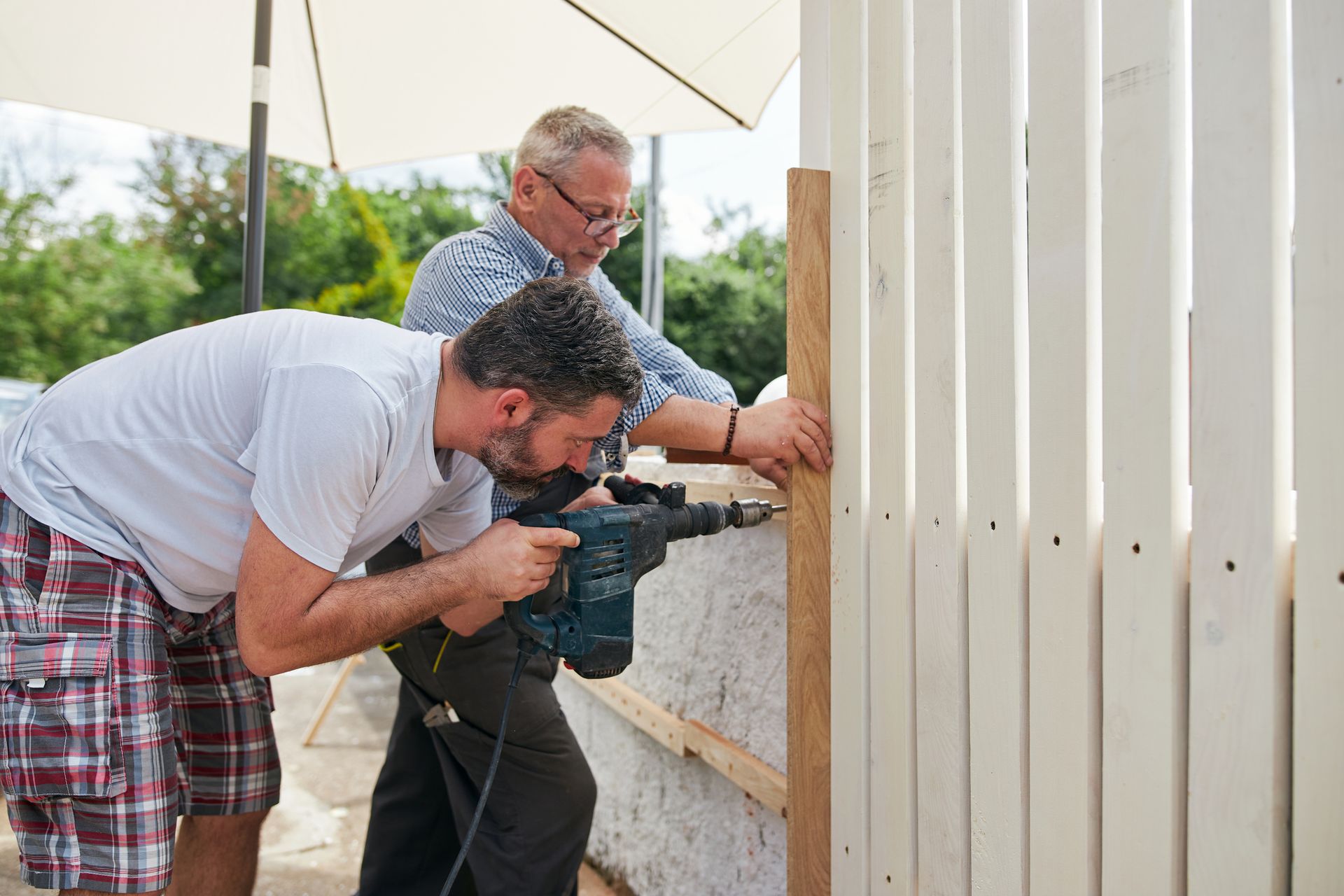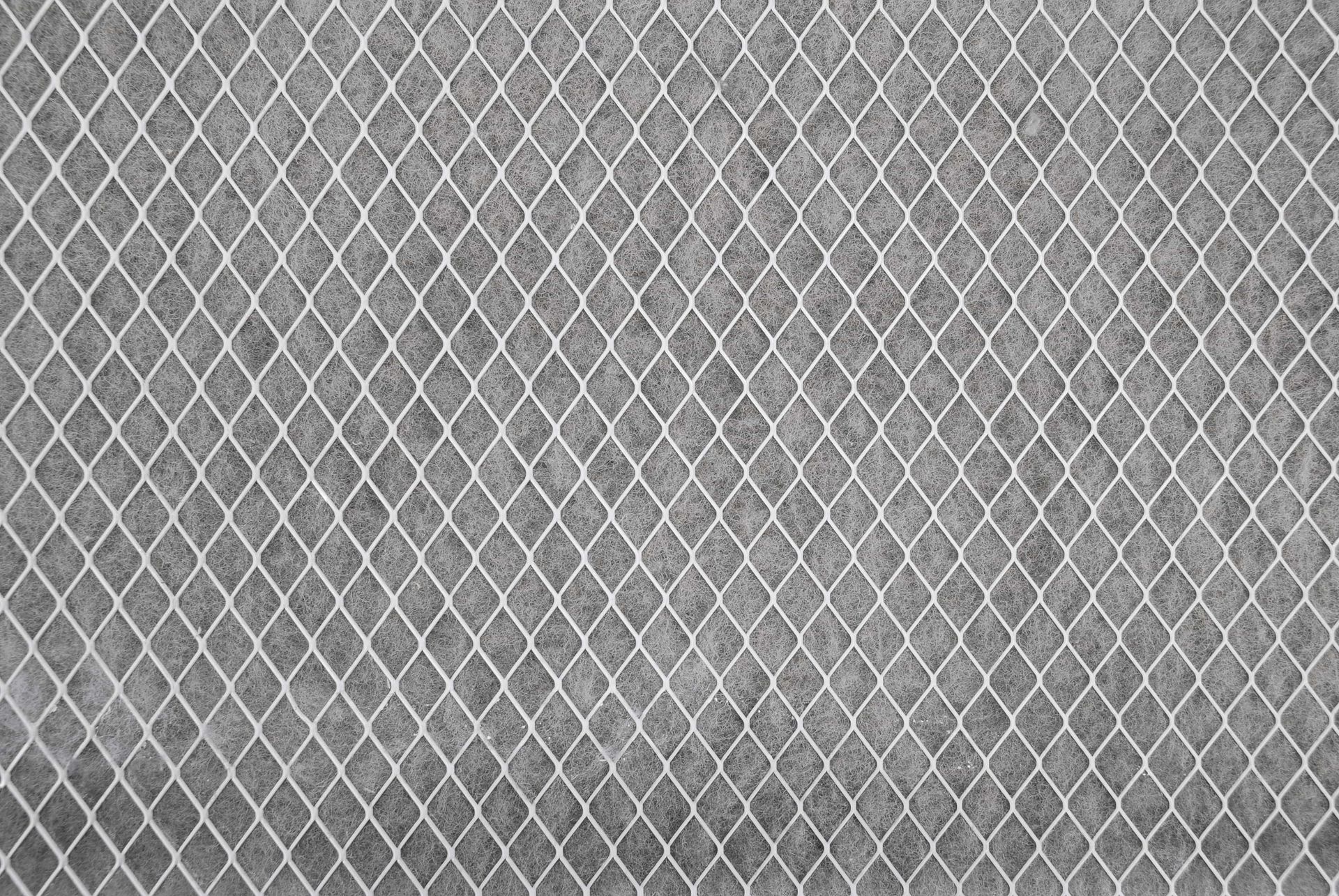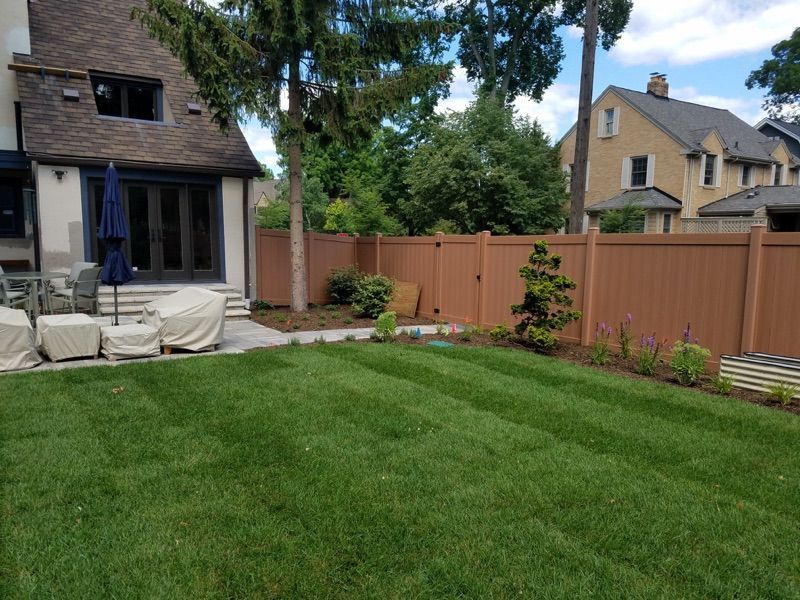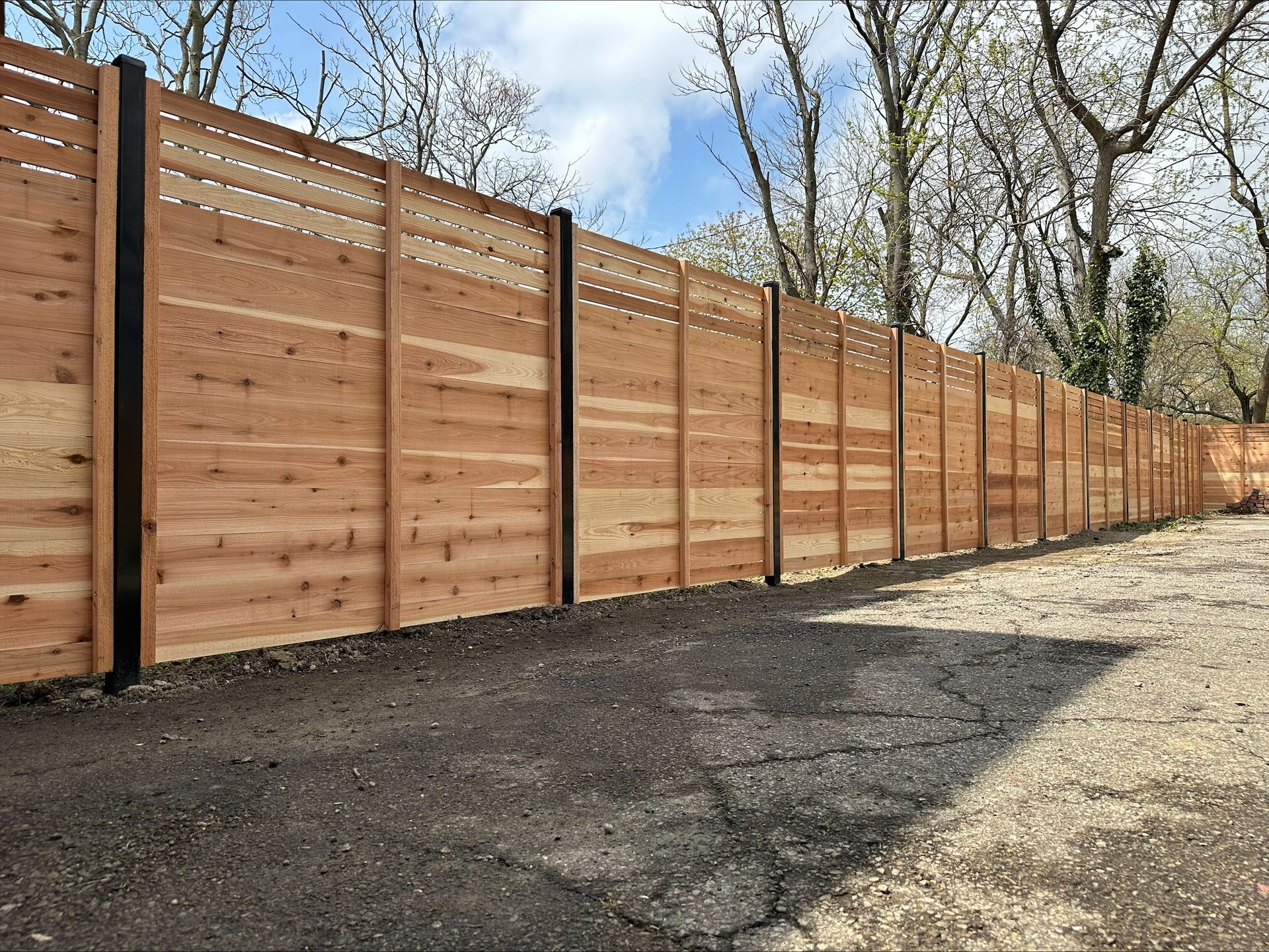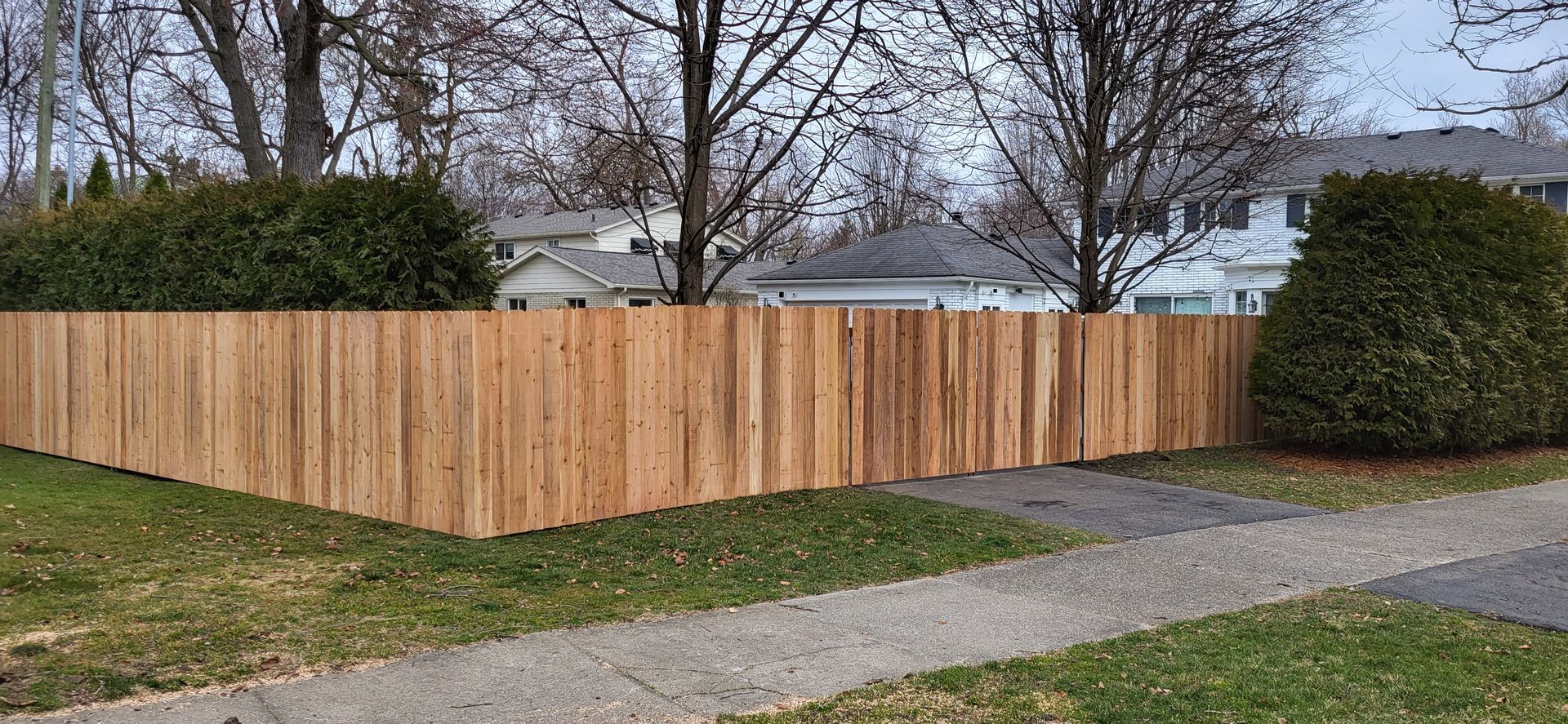What to Know About Installing Residential Chain Link Fencing
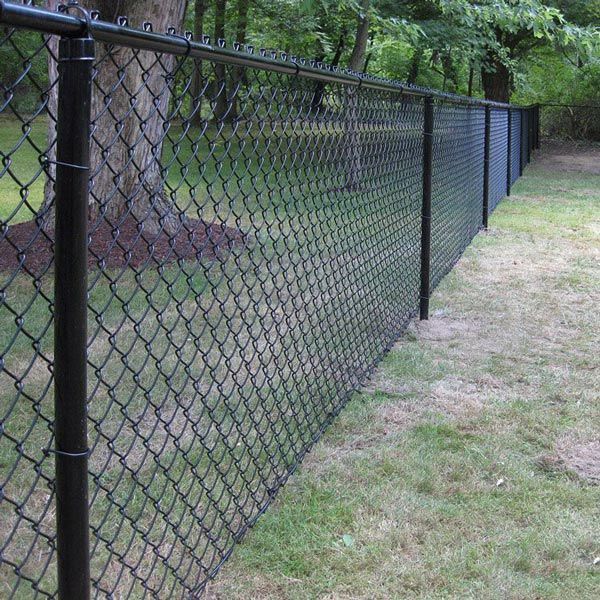
Installing a chain link fence on your property can offer multiple benefits, from enhancing security to defining boundaries and even improving aesthetic appeal. For homeowners considering taking on this project, there are important steps and considerations to ensure your fence is both functional and durable. This guide will walk you through everything you need to know about installing a chain link fence so that you can approach this endeavor with confidence.
Why Choose a Chain Link Fence?
Cost-Effective
One of the primary advantages of chain link fencing is its cost-effectiveness. Compared to wooden or vinyl options, chain link fences are generally cheaper both in terms of materials and installation. This makes them an accessible option for many homeowners looking to secure their property without breaking the bank.
Durability
Chain link fences are known for their longevity and ability to withstand the elements. Made from galvanized steel, these fences resist corrosion and require minimal maintenance over their lifespan. This durability means you won’t have to worry about frequent repairs or replacements.
Versatility
Whether you need a fence for your backyard, garden, or even a small business, chain-link fences are versatile enough to meet various needs. They can be installed on flat or uneven terrain and customized with coatings or slats to offer added privacy.
Planning Your Fence Installation
Measuring Your Property
Before purchasing materials or starting the installation process, it’s crucial to measure your property accurately. This involves identifying the exact dimensions of the area you want to enclose. Ensure to mark the spots where you’ll place the posts and take note of any slopes or obstacles that may affect installation.
Selecting Materials
When it comes to materials, you’ll need more than just wire mesh. Here’s a quick list of essential items.
- Posts: Typically made of metal, these anchor the fence.
- Top Rails: These provide extra stability at the top.
- Tension Bands: These are used to attach the mesh to the posts.
- Tie Wires: Secure the mesh to the top rails and posts.
- Gates: If you need entry points, choose gates that match your fence.
Checking Local Regulations
Before breaking ground, it’s imperative to check local building codes and homeowner association regulations. These rules can dictate fence height, placement, and even materials in some cases. Failing to comply can result in fines and having to redo parts of your installation.
Step-by-Step Installation Guide
Preparing the Site
Clear the area of any debris, plants, or other obstacles that might hinder the installation process. Additionally, call your local utility companies to mark any underground lines. This step is vital for safety and legal compliance.
Setting the Posts
- Digging Post Holes: Use a post hole digger to create holes with widths three times the pole size and depths 1/2-1/3 the post height.
- Placing the Posts: Insert the posts and fill the holes with concrete. Ensure they are level and aligned by using a string line running from end to end.
- Allowing to Set: Let the concrete set for at least a day before proceeding to the next steps.
Attaching the Top Rails and Tension Bands
- Installing Top Rails: Connect the top rails by sliding them into the fittings on the posts. Ensure these are tightly secured.
- Adding Tension Bands: Place tension bands at evenly spaced intervals along the posts. These will be used to attach the chain link mesh.
Installing the Chain Link Mesh
- Unrolling the Mesh: Carefully unroll the chain link mesh along the fence line.
- Securing to Posts: Attach the mesh to the tension bands using tension bars and bolts.
- Final Adjustments: Secure the mesh to the top rails and posts using tie wires. Make sure the mesh is taut but not overstretched.
Installing Gates
Attach the gate hardware to the posts and ensure that the gates swing freely without obstruction. Secure the mesh to the gates using tie wires or clamps.
Post-installation Tips
Inspecting Your Fence
Upon completing the installation, thoroughly inspect your fence to ensure all components are securely attached and the structure is stable. Check for any loose bolts, improperly attached sections of mesh, and other potential issues.
Regular Maintenance
Chain link fences require minimal upkeep, but regular checks can extend their lifespan. Look for any signs of rust or wear, and apply rust-resistant paint if needed. Also, ensure that bolts and tie wires remain secure.
Consider Professional Fence Installation Services
Professional fence installation services offer a hassle-free alternative for homeowners who find the installation process daunting. Experts can handle the entire process, from planning and measuring to installation and maintenance, ensuring your fence is both functional and aesthetically pleasing.
Chain link fences are a practical, cost-effective, and durable option for many homeowners. By following this comprehensive guide, you can enjoy the benefits of a well-installed chain link fence on your property. If you want to learn more about installing a chain link fence on your property, work with us at Kimberly Fence & Supply.


